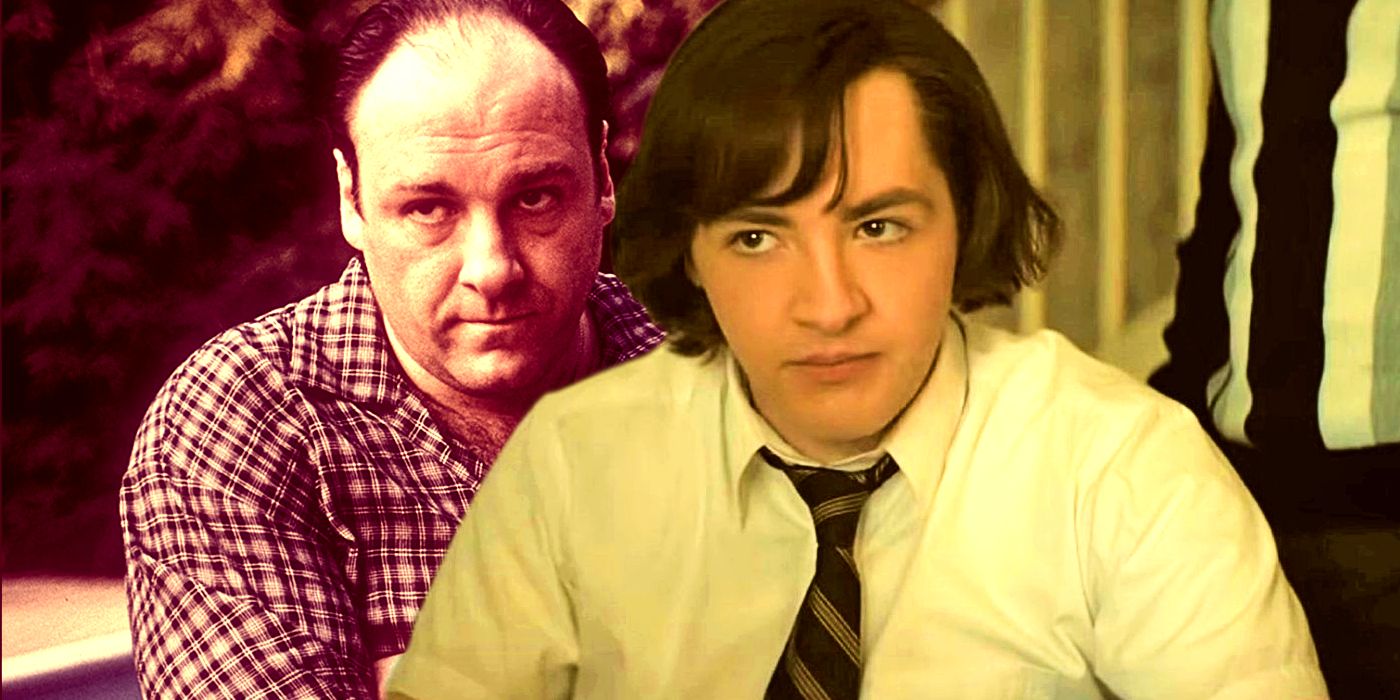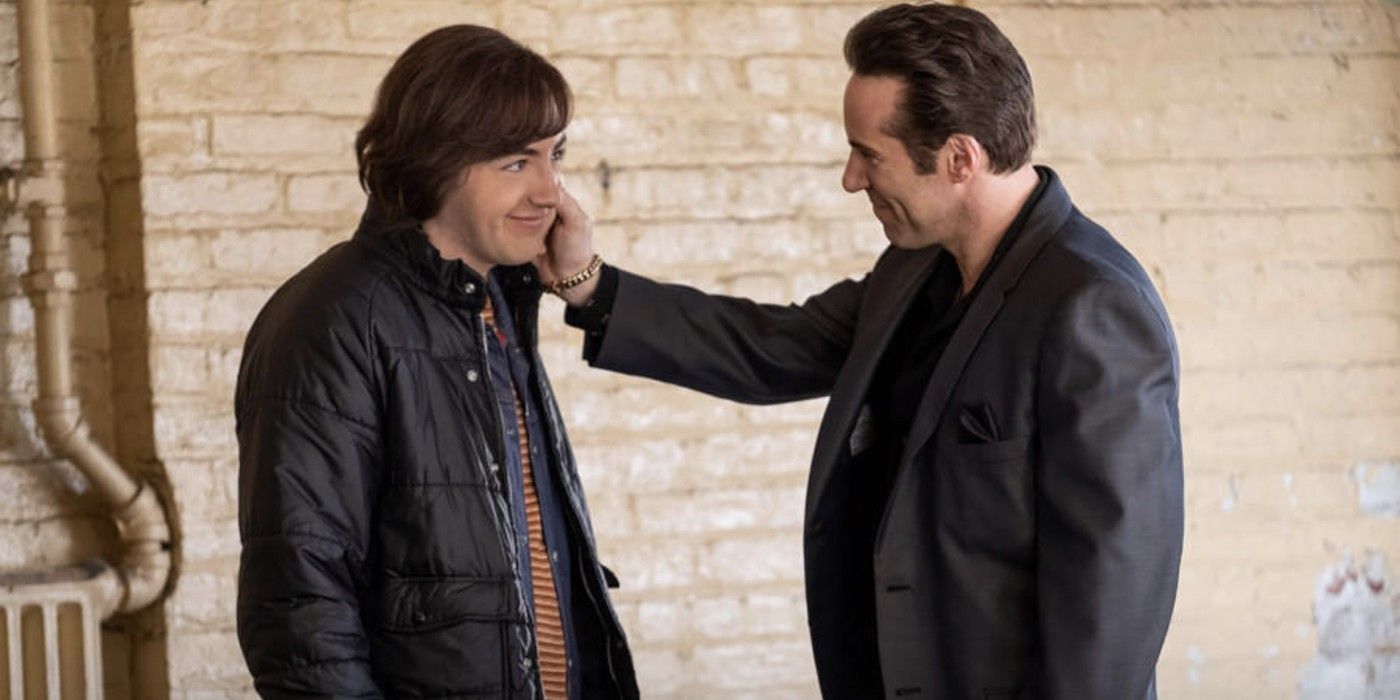Warning: Contains SPOILERS for The Many Saints of Newark.
Young Tony Soprano appears in The Many Saints of Newark, and that proves to be both a blessing and a curse for David Chase's prequel to The Sopranos. Tony's story came to a conclusion back in 2007 with The Sopranos' abrupt ending, leaving his ultimate fate up for a debate that's never ended. But while Tony's story may or may not go on from that point, it is continuing in another form, this time starting 30 years before the events of the HBO show and charting the ostensible glory days of the DiMeo crime family.
Officially, Tony isn't The Many Saints of Newark's main character. That honor instead belongs to Dickie Moltisanti (Alessandro Nivola), a key soldier in the Sopranos Crew with a close relationship to Tony. Still, while the movie does follow Dickie's story until his eventual end, it's clear that much of the focus is, perhaps inevitably, on Tony himself. He is, after all, one of the greatest TV characters of all time, and this movie is very much in service of his story.
The presence and power of Tony Soprano in the prequel leads to some of The Many Saints of Newark's standout moments, but also arguably its key weakness too. Inhabiting the role for the most part (following a time jump) is Michael Gandolfini, son of the late, great James Gandolfini. Like father, like son, the younger Gandolfini is incredible in the role: he perfectly captures all of Tony's mannerisms, from the way he speaks down to the minute details like crossing his legs and flicking out his feet or the way he sits in his chair. It's a superb performance, and one that goes far beyond imitation or pastiche; while clearly setup to become the man viewers know, Michael Gandolfini's Tony, is very much his own character. There's a softness and vulnerability to him of the kind Tony rarely wanted anyone to see, but it's more prominently on display here. His Tony isn't exactly the same, but he is similarly fascinating.
It's within Gandolfini's performance (and credit too for William Ludwig as an even younger version, whose performance feels perfectly in keeping both Gandolfinis) and the allure of Tony Soprano the problems lie for The Many Saints of Newark. Because of both casting and character, he is the most compelling part of the prequel. As good as Nivola is as Dickie (and he's very good), the movie's strongest moments are those when Tony is on screen. Because of what's come before and what's here now, there is a fascination and magnetism to Tony that both commands and demands the screen. The new insights into his backstory reveal whole new depths to the character, making him a figure of greater tragedy and sympathy, adding layers to Tony's relationship with his mother in particular, in a way that makes The Sopranos even better.
The downside to that is The Many Saints of Newark isn't The Sopranos. Much of its story, Tony aside, is fairly standard mob fare, and it cannot compete with the sheer legacy of Tony Soprano, a character who is so much bigger than this movie. When Tony's not on screen (and when he's not being replaced by the mesmerizing presence of Ray Liotta), the movie can sag. It isn't that its story isn't interesting, it just isn't Tony Soprano. Few things or people are, and it highlights the difficulty of making a prequel to The Sopranos; Tony is, as the theme song that plays at the end reminds viewers, the chosen one. He's one in a million, and next to him it's that much harder for everything else to truly shine.


